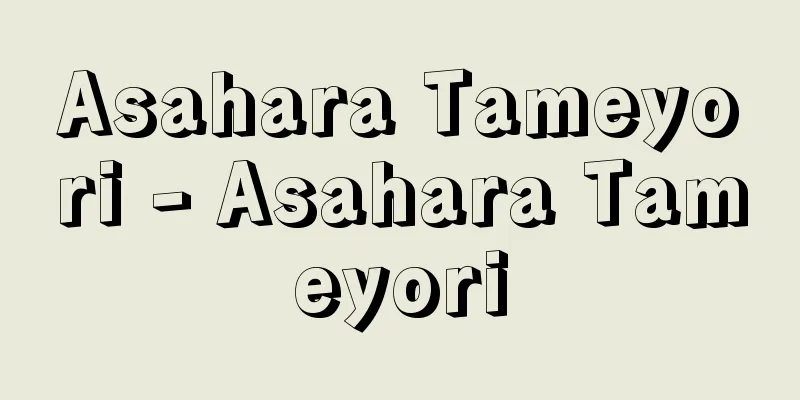Neighborhood Association - Choinaikai
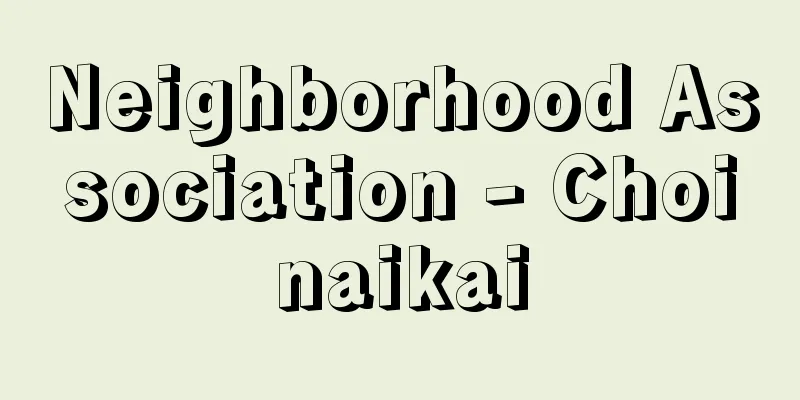
|
A typical Japanese community group established within a certain neighborhood (town, block). Its basic characteristics are that (1) the organization is not carried out by "individuals" but by "households" (heads of households), (2) it encompasses the majority of households in the neighborhood (theoretically all households), and (3) it fulfills a complex function, combining private aspects such as mutual friendship among residents, funerals, and mutual assistance, with public aspects such as complementing, supporting, or coordinating government services. Because of the mutually penetrative nature of neighborhood associations with public authority under the quasi-wartime and wartime systems, their bureaucratic and top-down nature was the target of criticism. Some see neighborhood associations not only as intermediaries that convey the will of public authority to local residents, but also as "public authority" itself, or even "government" itself. However, even if neighborhood associations are essentially inseparable from public authority, public authority has consistently positioned neighborhood associations as "autonomous" and "self-governing," and in that sense, as "private" organizations, both before and after World War II. Looking at the trends in discussion of neighborhood associations after the Second World War, around the time the ban imposed by the Potsdam Decree was lifted, there was strong opposition to and denial of their very existence due to their prewar lineage. However, since the period of high economic growth in the 1960s, as the resolution of local living environment problems and the creation of living bases for urban residents became themes in connection with community formation and regional development, discussions of reassessing neighborhood associations have emerged, not only in relation to the burdens of the times but also in light of the actual functional achievements that they have made. One could even say that there is a positive or affirmative view of neighborhood associations. In particular, as there has been no sign of weakening or dissolution of the very existence of neighborhood associations throughout the turning points of the era, the view that neighborhood associations are basic local organizations that are adapted to the uniquely Japanese form of group, or even that they are the "origin" of Japanese local autonomy, has gained ground. However, what makes a neighborhood association a neighborhood association is not the discontinuity with the prewar lineage seen in individual neighborhood associations, or the actual aspects of their activities, but rather the neighborhood association system as an institutional framework. This is also the reason why the unity of the neighborhood and the principle of harmony, which stems from the comprehensive and all-embracing nature of the neighborhood association, are universally emphasized. In old towns, i.e. urban areas, where neighborhood associations have a tradition, as seen in Tokyo and Osaka, a significant decrease in the number of resident households in the neighborhood has not led to the dissolution of the neighborhood association. This is because corporate organizations such as companies in the same neighborhood are interpreted as resident households and are the constituent bodies. Therefore, in reality, they have become non-resident "corporate" neighborhood associations, but in terms of form and system, they maintain the justification of "all households" in the neighborhood. Even the administration, as long as the neighborhood association system is maintained, will treat this corporate neighborhood association as the representative of the resident organization and will distinguish it from various other individual resident organizations. The argument for or against the existence of neighborhood associations, or the argument for their basic nature as continuous or non-continuous, cannot be discussed without taking into account the issue of this unique neighborhood association system. In the 21st century, when organizations such as non-profit organizations (NPOs) that contribute to community solutions for residents play the role of intermediary between residents and local government organizations, the relationship between NPOs and neighborhood associations will once again become a topic of discussion, even when it comes to the acquisition of "legal personality." [Michihiro Okuda] "Neighborhood Associations and Buraku Associations" by Okuda Michihiro, Soeda Yoshiya, and Fujinaga Tamotsu (1962, Life Science Research Association)" ▽ "Postwar Reforms and Local Residents' Organizations: Neighborhood Associations in Occupied Cities" by Yoshihara Naoki (1989, Minerva Shobo)" ▽ "Urbanization of Modern Japan and the Establishment of Neighborhood Associations" by Tamano Kazushi (1993, Gyojinsha)" ▽ "NPO Textbook" edited by the Housing and Community Foundation (1997, Fudosha)" ▽ "Neighborhood Associations: The Japanese Sense of Self-Government" by Nakagawa Tsuyoshi (Chuko Shinsho) [Reference] |Source: Shogakukan Encyclopedia Nipponica About Encyclopedia Nipponica Information | Legend |
|
一定の町内(町、丁目)を基礎に成立している日本の地域集団の典型。その基本的性格としては、(1)組織の担い手が「個人」ではなく「世帯」(世帯主)であること、(2)町内の大多数の世帯(たてまえとしては全世帯)を網羅していること、(3)町内の住民相互の親睦(しんぼく)、葬祭、相互援助などのプライベートな面と、行政サービスの補完・補助ないし調整などのパブリックな面との複合的機能を果たしていることなどがあげられる。町内会は、準戦時・戦時体制下の公権力との相互浸透的性格のゆえに、その官治的・上意下達的性格が、批判の対象とされた。公権力の意志を地区住民に伝達する媒介的役割だけでなく、町内会自体が、「公権力」そのもの、「政府」そのものとの見方もある。しかし、町内会が実質上公権力と分かちがたい性格を具有していたとしても、公権力は町内会をあくまで「自主」的、「自治」的、その意味では「私的」団体として位置づけてきたことは、第二次世界大戦前・戦後を通じて一貫している。 第二次世界大戦後の町内会論の流れをみると、ポツダム政令による禁止措置が解かれた前後は、その戦前的系譜に絡んだ存在自体の消極論、否定論が強かった。しかし1960年代の高度成長期以降、地域生活環境問題の解決とか都市住民の生活拠点づくりが、コミュニティ形成とか地域づくりなどとの関連でテーマ化されるなかで、町内会の時代的負荷とは別に、実質上果たしてきた機能面の実績から、町内会の見直し論議が台頭してきた。町内会の積極論、肯定論といってもよい。とくに時代の節目、節目を通して町内会の存在自体に弱体化・解体化の傾向のみられないことから、町内会を日本固有の集団形式になじんだ基礎的地域組織、あるいは進んで、日本の地方自治の「原点」として位置づける見方すら台頭している。 しかし、町内会の町内会たるゆえんは、個別としての町内会にみる戦前的系譜との非連続面、あるいは活動の実際面というよりは、制度的枠組みとしての町内会体制にある。町内会の包括的・まる抱え的性格に由来する、町内としてのまとまり、和合原理が、普遍的に強調される理由もここにある。町内会の伝統のある旧市街=都心地域では、東京、大阪にみるように、町内の居住世帯の大幅な減少が町内会の解体化に結び付いていない。それは、同じ町内の企業などの法人組織を居住世帯に読み替えて構成主体としていることにある。したがって、内実面では非居住の「法人」町内会化しているが、形式・制度面では、町内の「全世帯」という大義名分を維持していることになる。行政にしても、町内会体制が維持されている限り、この法人町内会を居住者組織の代表として扱い、他のさまざまの個別居住者組織とは一線を画することになる。町内会の存在の肯定‐否定論、あるいは基本的性格の連続‐非連続論も、この特異な町内会体制の問題を抜きにしては語れない。そして21世紀に入って、居住者のコミュニティ・ソリューションに貢献するNPO(Non Profit Orgaization、民間非営利組織)等の組織が居住者と地方行政組織との仲立ちの役割を果たしてくるとき、「法人格」の取得一つをめぐってもNPOと町内会との関連性が再度テーマ化されてくることになる。 [奥田道大] 『奥田道大・副田義也・藤永保著『町内会・部落会』(1962・生活科学調査会)』▽『吉原直樹著『戦後改革と地域住民組織――占領下の都市町内会』(1989・ミネルヴァ書房)』▽『玉野和志著『近代日本の都市化と町内会の成立』(1993・行人社)』▽『ハウジングアンドコミュニティ財団編著『NPO教書』(1997・風土社)』▽『中川剛著『町内会 日本人の自治感覚』(中公新書)』 [参照項目] |出典 小学館 日本大百科全書(ニッポニカ)日本大百科全書(ニッポニカ)について 情報 | 凡例 |
Recommend
Ashinomaki [Hot Springs] - Ashinomaki
Aizuwakamatsu City, Fukushima Prefecture, 16km sou...
Pieris japonica (Asebii)
An evergreen shrub of the Ericaceae family that gr...
Semargl
… [Origin of the Gods] The Primary Chronicle (als...
Komoro Domain
Edo period , Shinano Province Komoro, Saku County...
Inugusu - Inugusu
→ Machilus Source : Heibonsha Encyclopedia About M...
tarragon
…It is often used in French dishes that use escar...
Intermezzo - Intermezzo (English spelling) Italian
The name of a type of song. The content varies de...
spink
...It is native to Europe and Siberia, has been c...
Stanley Falls - Stanley Falls
This refers to the rapids section of the Congo (Z...
Namino [village] - Namino
A village in Aso County, northeastern Kumamoto Pre...
"Owarabushi" - Owarabushi
...The Kaze no Bon Festival is a festival to appe...
Castiglione, Baldassare
Born December 6, 1478 in Casatico, near Mantua, It...
Semaung
He was one of the early leaders of the Indonesian ...
Leather Hall - Koudou
A Tendai sect temple in Nakagyo Ward, Kyoto City. ...
ureido
…(1) Urea (H 2 N) 2 CO is a monovalent group obta...
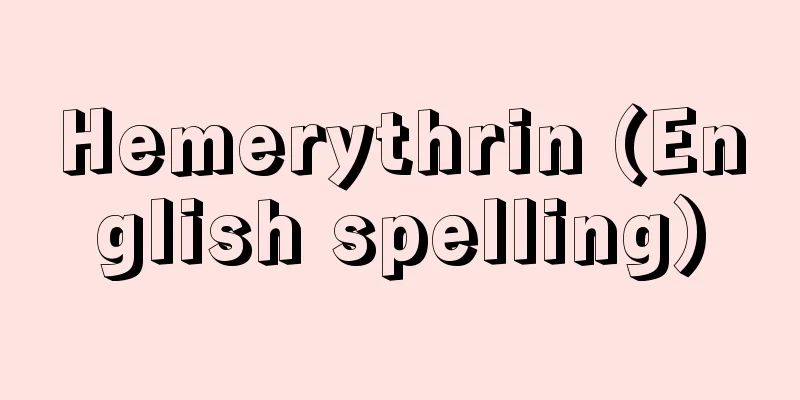
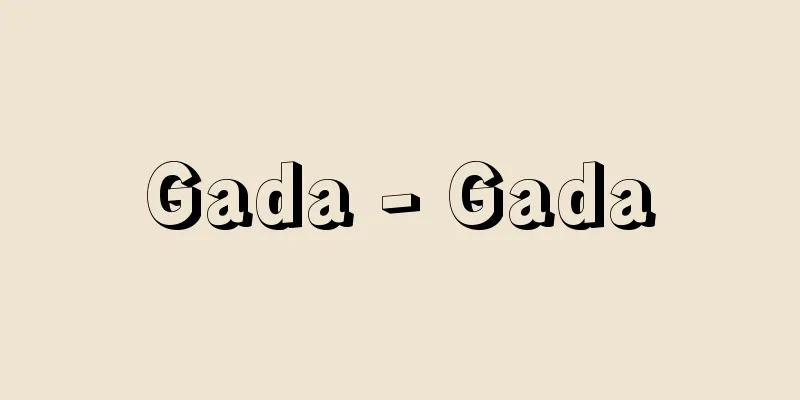
![Kihoku [town] - Kihoku](/upload/images/67cb56cb01699.webp)

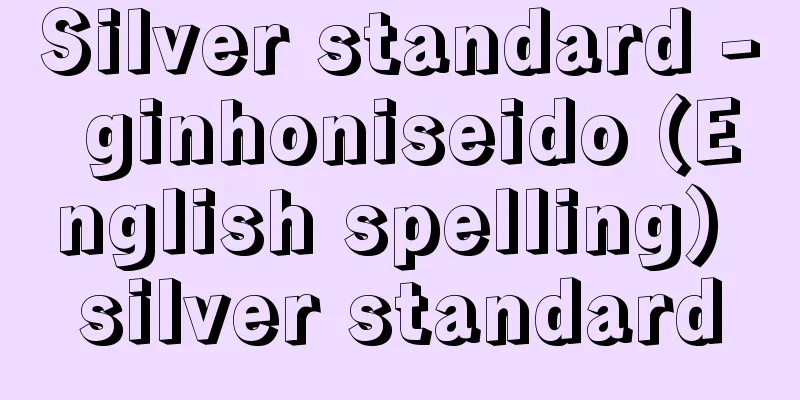

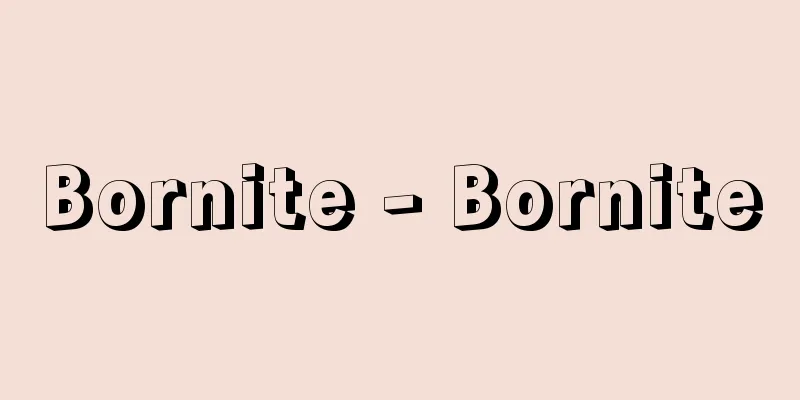
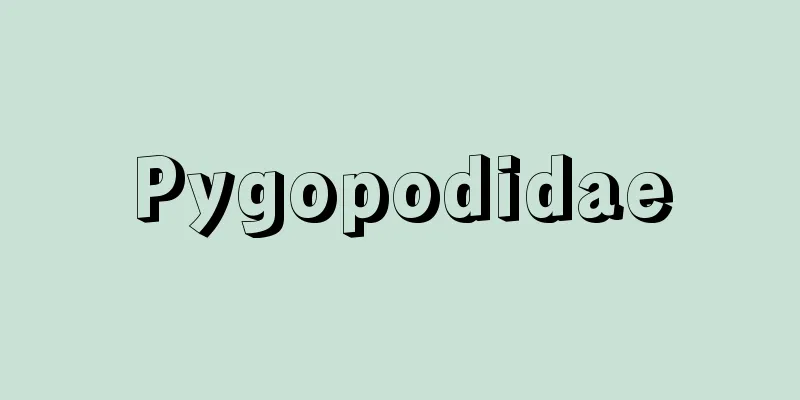
![Yamoto [town] - Yamoto](/upload/images/67cd0fed1ede1.webp)
